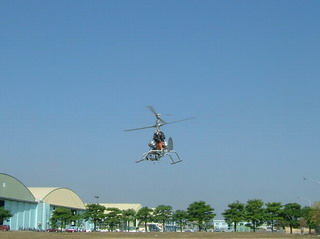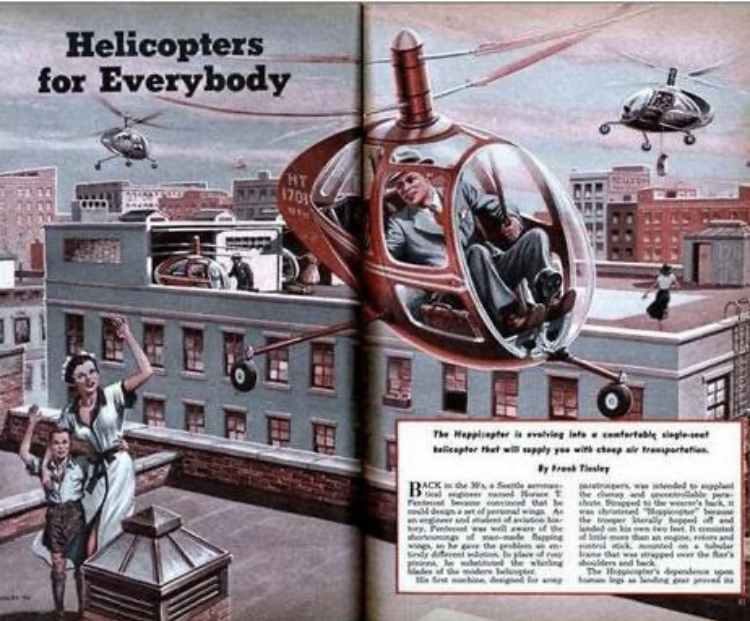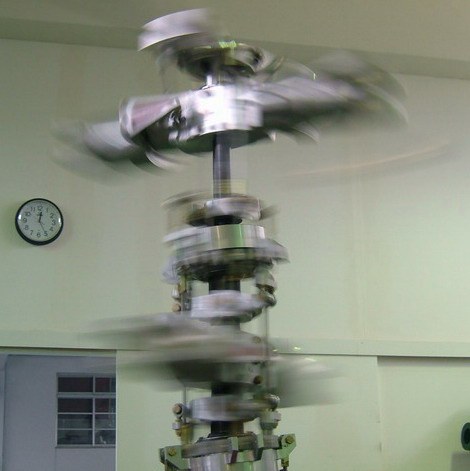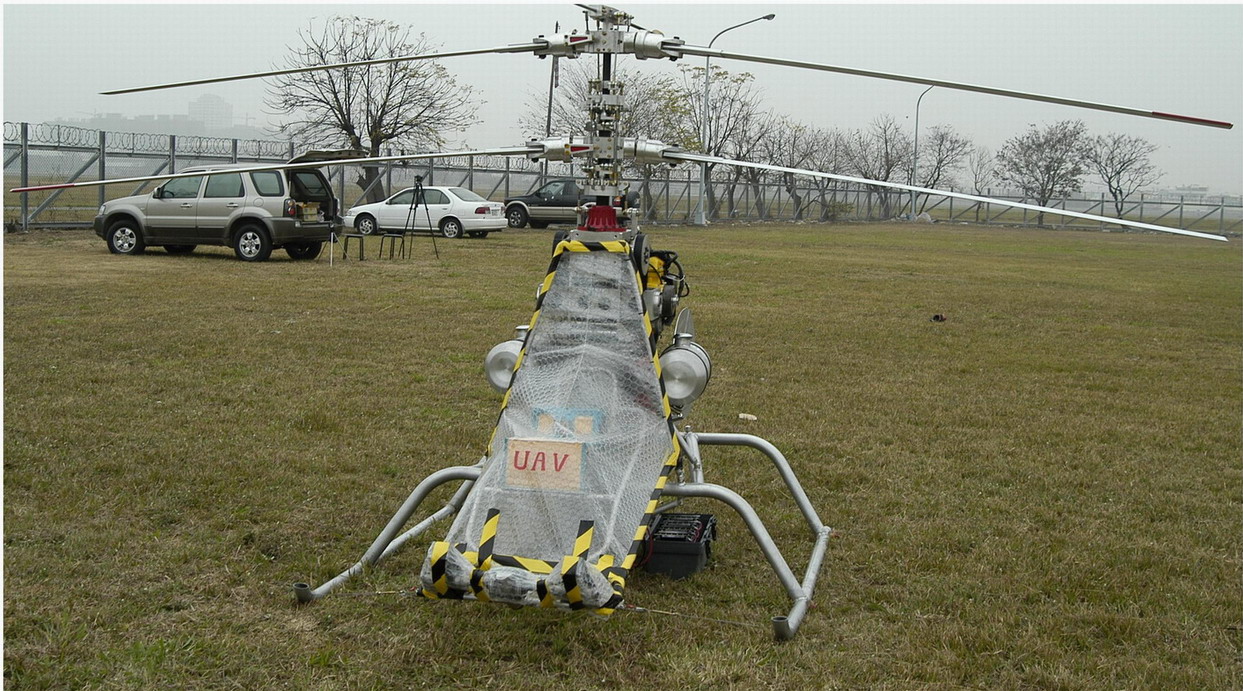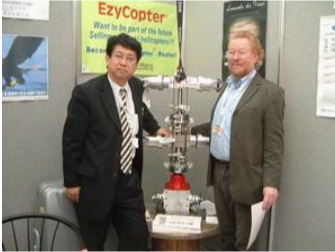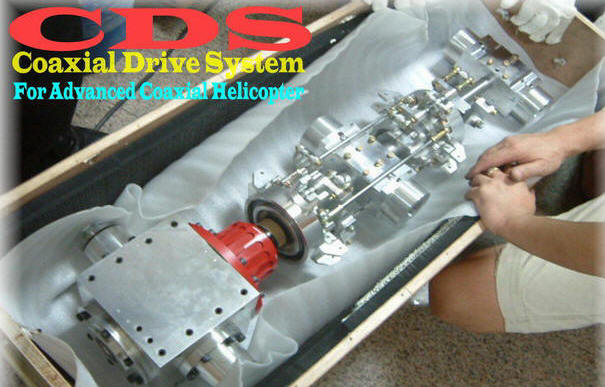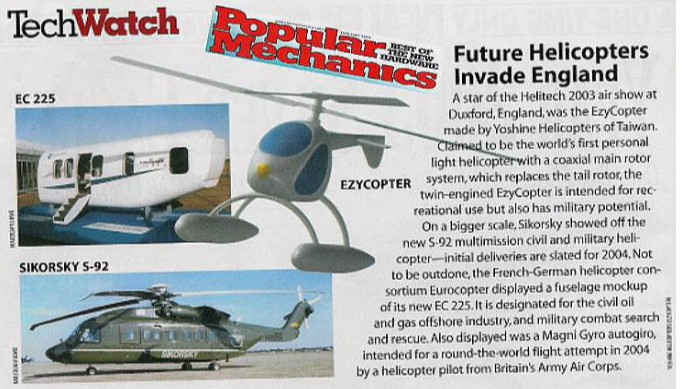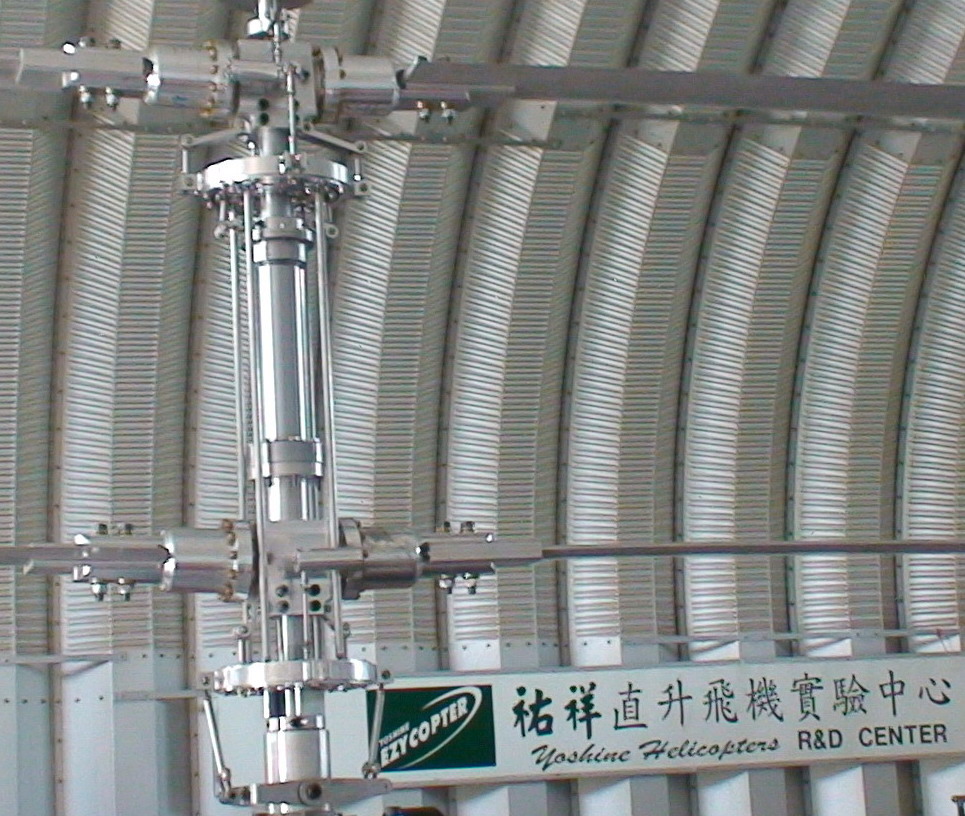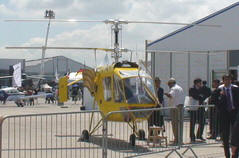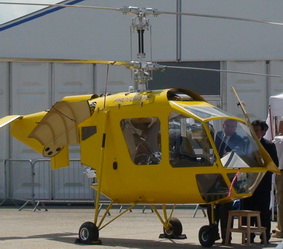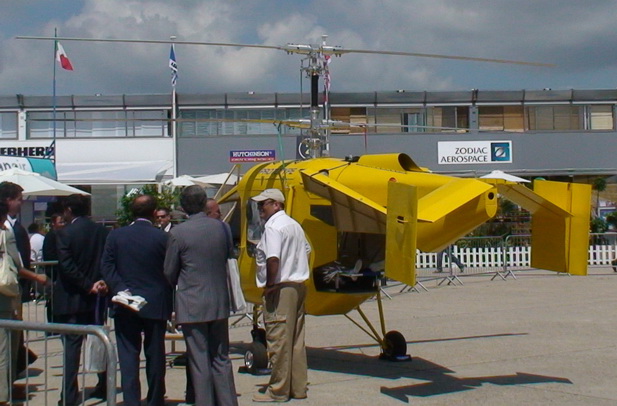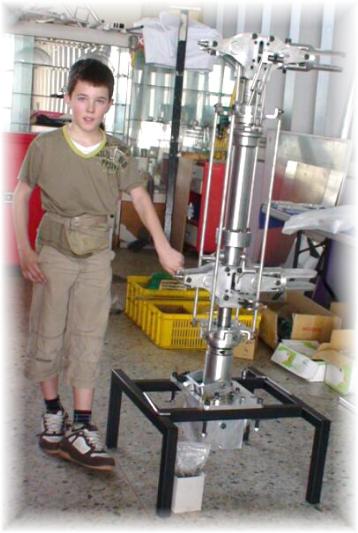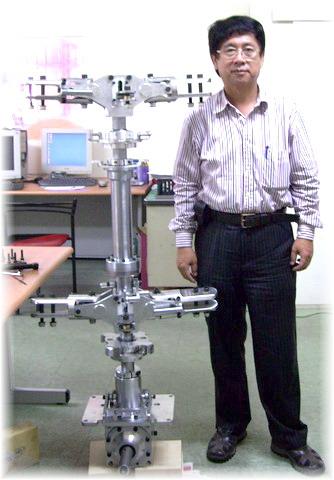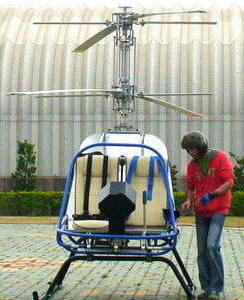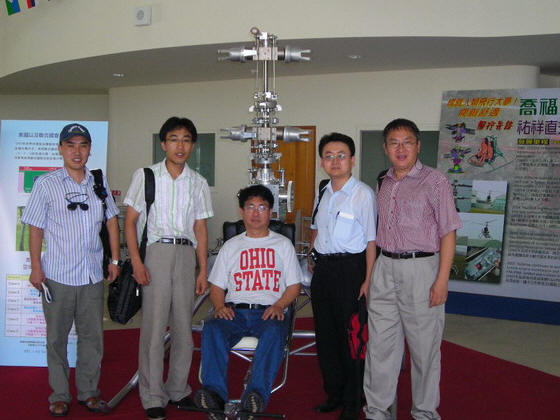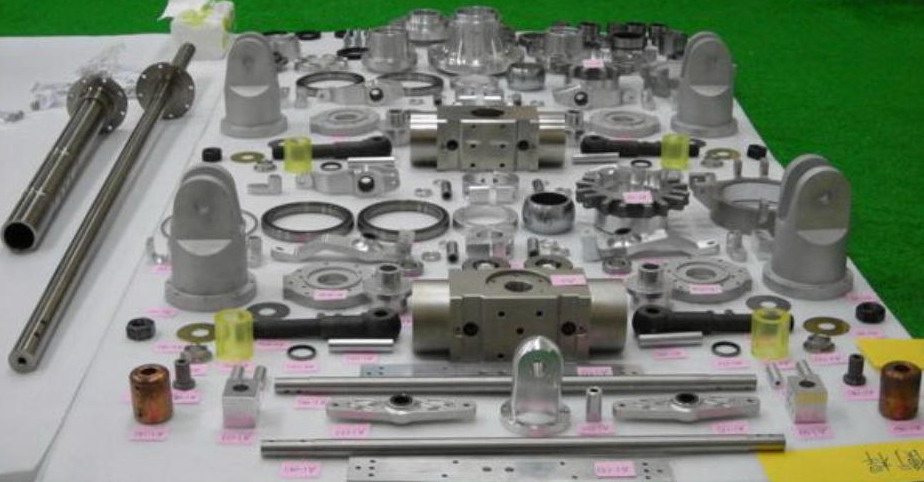
2003年,祐祥載重100公斤的 CDS『共軸無人直升機 』在台中『漢翔公司』協助下,在漢翔園區起飛!
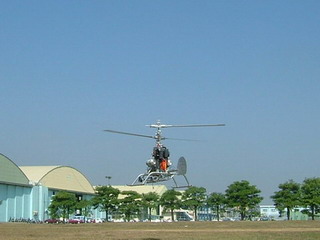
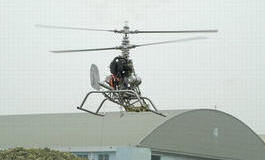
Why Coaxial Helicopter designs?
In 2003, the world's first "unmanned" coaxial helicopter with a payload up to 100kg was successfully developed and lift off in Taichung, Taiwan, by YOSHINE HELICOPTERS using a patented "CDS" technology!
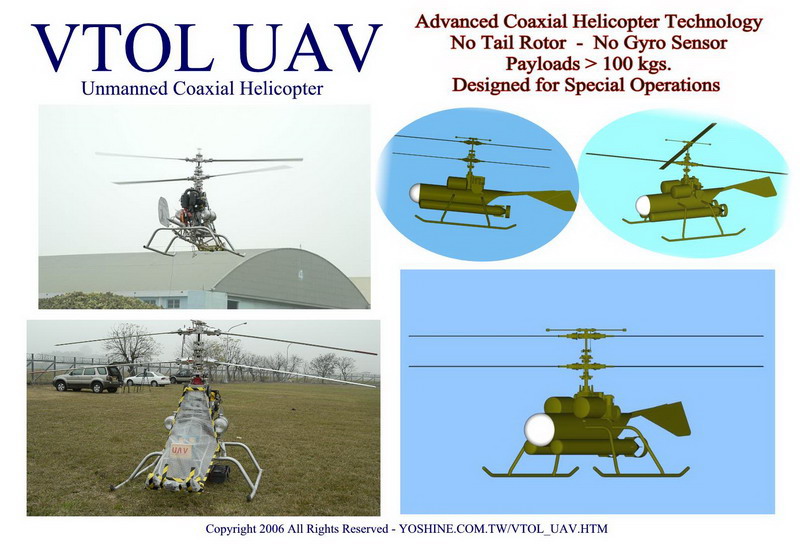
"Helicopters for Everybody" 全民直升機夢
今天,開直升機上下班,仍然是1950年代的美國夢
Understanding the COUNTER-ROTATING Coaxial Rotor Design
Coaxial rotor designs have been used on military helicopters for the better since last 75 years.
A coaxial rotor eliminates the need for a tail rotor and creates a safer, more stable machine. To understand how coaxial design outperforms other helicopters, let's examine the physics.
The physics of helicopters
For single-rotor helicopters, lift is generated through the main rotor rotating. This rotation generates torque about the main helicopter, causing the main fuselage to spin around in the opposite direction.
Early engineers designed the tail rotor to counter this torque and keep helicopters stable. Tail rotors are generally much smaller rotors mounted on a perpendicular axis to the main rotor.
By controlling the speed of the tail rotor, the pilot can stabilize the craft as well as control the direction of the helicopter.
Slowing the tail rotor would cause the helicopter body to rotate in the opposite direction of the main rotor due to excess torque in that direction.
Speeding up the tail rotor would do the opposite. Along with direction, helicopter pilots can control the yaw of the craft by adjusting the angle of the tail rotor. By pitching the tail rotor slightly up or down, the pilot creates a moment arm through the helicopter, which in turn adjusts the yaw of the craft.
Why a coaxial helicopters design?
2003 CDS Shown at Duxford UK Helitech 2003
英國展出 創造了歷史
2005年,美國的PM科技雜誌報導: “EZYCOPTER” by Yoshine Helicopters of Taiwan 為全球第一架「無尾旋翼」個人休閒運動共軸直升機,未來也將有作為「國防軍事」載具用途的發展潛力:
CDS 解決了直升機「反扭力」問題,提供直升機『自動平衡』或『自動排檔』的能力!
2004年全球第一架 “CDS” 技術研製成功
傳統直升機《手排》飛控方式 /vs./ 共軸直升機《自排》解決方案
牛頓定律:任何動力都有一個『力量相等/方向相反』的反作用力。
【CDS】傳動系統讓直升機起飛時,扭力自動平衡,將平衡『自動化』,解決了「扭力平衡」問題!
用【CDS】研製直升機就像用『CPU』研製電腦一樣,創意可以無窮,商機可以無限。。。。。
世界已有多國採用【CDS】,研製「救護及消防」直升機,陸軍軍校。。則可用於教學。。。。
新一代的波音、斯考斯基等的『軍用直升機』也是採用【CDS】概念。
2006年全球第一架應用CDS技轉研製的『救護直升機』在『巴黎航空展』亮相!
"CDS":新一代無扭力直升機的飛控系統 專業廠商
CDS Test Pilot(Left above) / Asian Customer (Right above)
|
(1)Personal Sports & Recreational Flying (2)Unmanned for「Agriculture/Fishing/Herding」&「Military」
The Coaxial Helicopter of the Next Generation One Step Closer to Zero Emission - starting with Hybrid....... TECHNICAL HIGHLIGHTS
Proven Coaxial Technology under FAA Far Part 27:成熟的共軸直升機技術Goal for Future Zero Emission:未來的零碳排放目標Renewable and Sustainable Energy:可再生和可持續的能源Speed up to 280 Km/h:最高時速可達 280 公里Autorotation Capability:「自轉安全降落」著陸能力Electric Generators with Range Extender:電動直升機 + 增程器發電機eVTOL - Low Noise Level / 8 rotor blades:電動起降 / 八旋翼低噪音水平Stable and Agile even in Strong Wind:強風中也能穩定敏捷飛行Less Mechanical parts than Multi-Copters:機械零件比多軸直升機還少Lower Operating Costs:較低的營運成本Longer Endurance (Generator/Range Extender):長續航力 (發電機/增程器)Three Passengers + One pilot:3名乘客 + 1名飛行員 |
Web: www.yoshine.com.tw Contact Email: yoshine@mail.com Contact Phone: +886 939 928 719
Copyright @ 2025 Yoshine Helicopters, All Rights Reserved.
